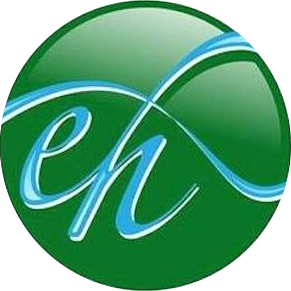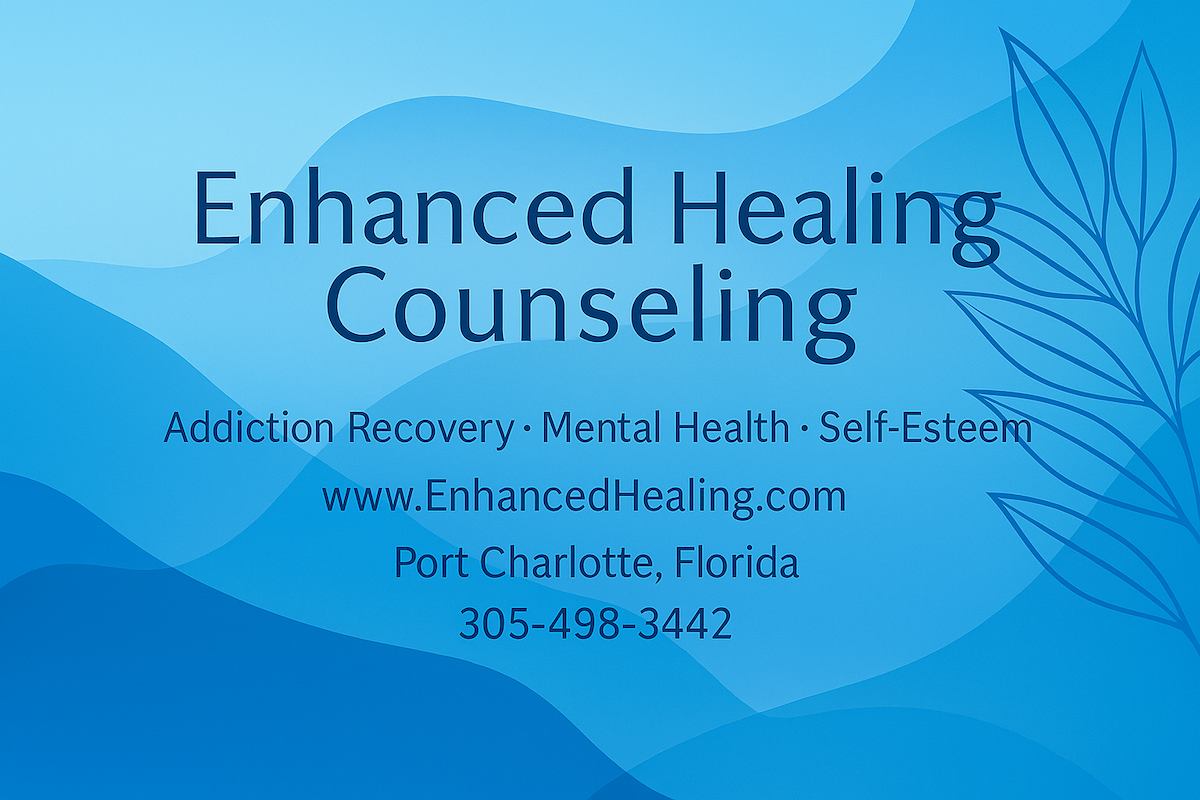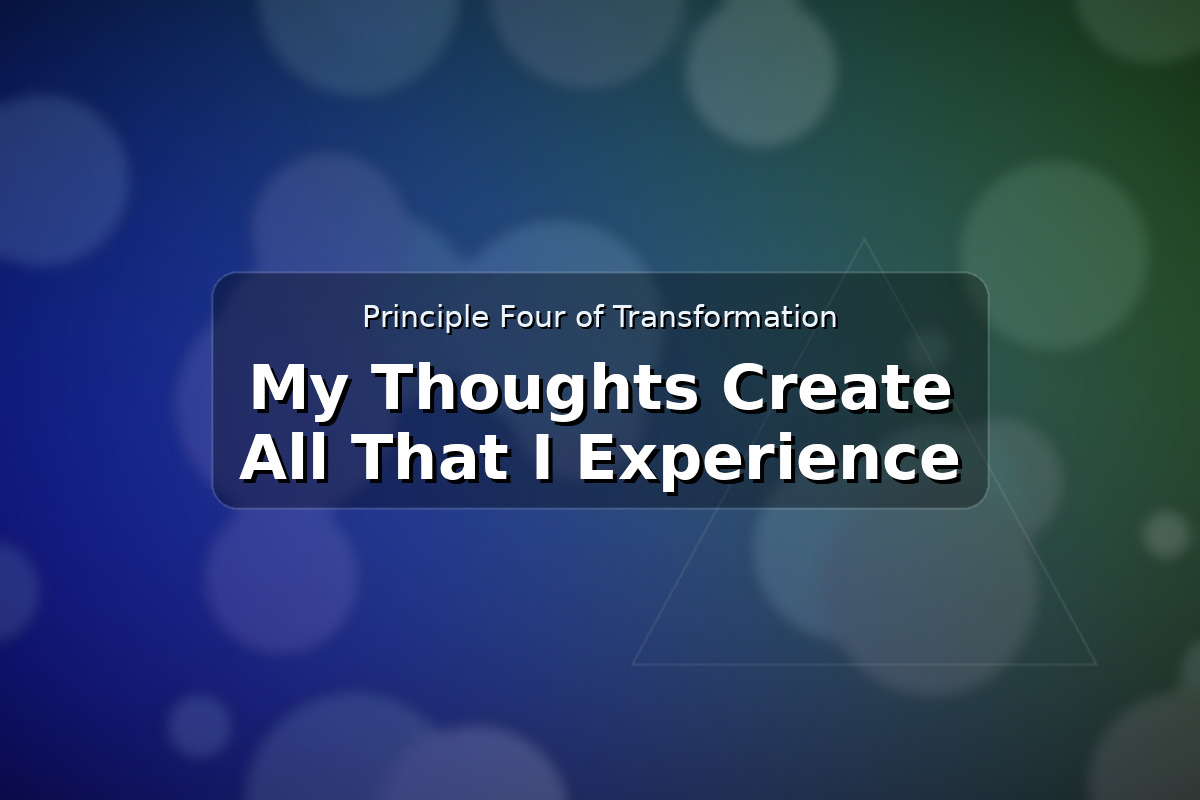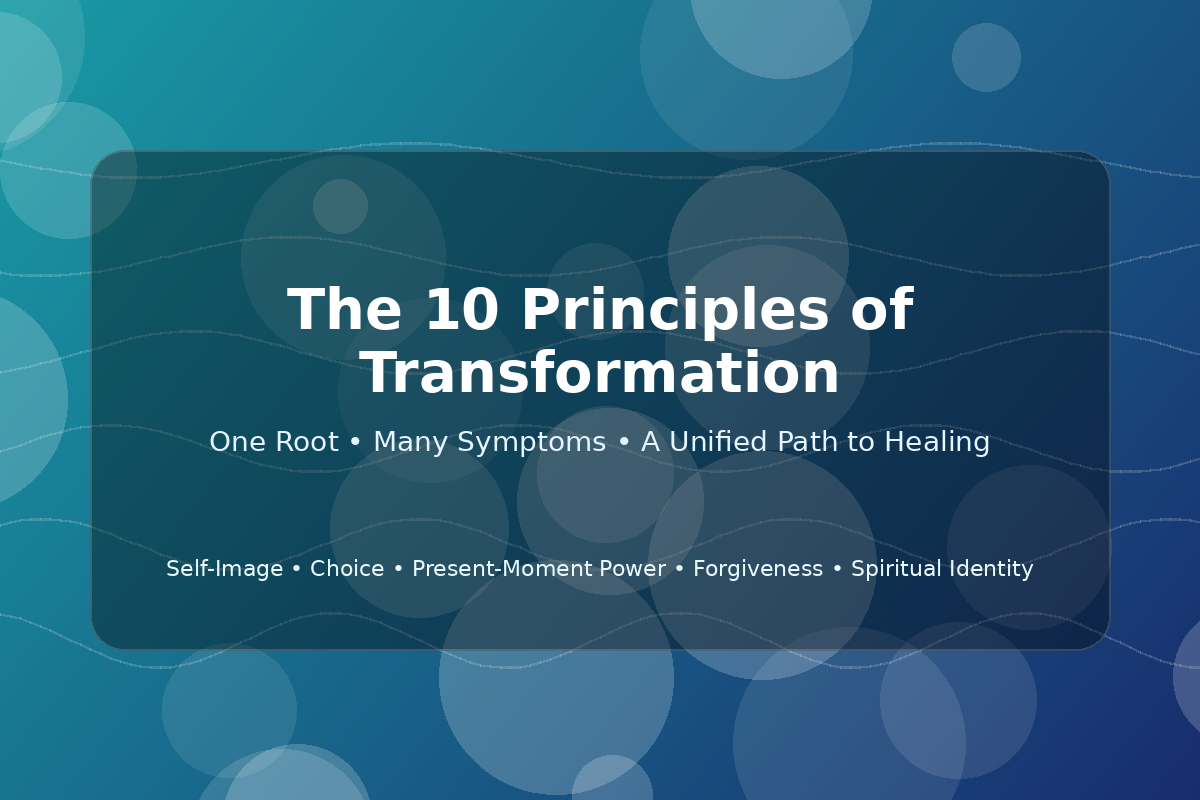Table of Contents
- The Four Faulty Foundations of the Current Treatment Model
- How These Beliefs Shape Today’s Treatment Industry
- The Illusion of Treatment Diversity
- Medication-Assisted Treatment: A Mixed Bag
- Where Is the Clinical Standard?
- The Result: A System That Doesn’t Work
- What We Need: A New Paradigm
- Conclusion: Hope Through Knowledge and Change
The treatment of drug and alcohol addiction has become a multibillion-dollar industry, filled with countless detox centers, residential treatment facilities, outpatient programs, and peer support groups. Despite this expansive infrastructure, the outcomes remain dismal. Relapse rates hover around 85% within the first year of treatment. Even the most commonly accepted path to recovery—the 12-step model embraced by Alcoholics Anonymous (AA) and Narcotics Anonymous (NA)—shows long-term success rates of only 5% to 10%, according to research by Dr. Lance Dodes.
What’s going wrong?
It’s not a lack of compassion or commitment from those who work in the field. Many addiction counselors and support staff are themselves in recovery, deeply dedicated to helping others walk the path they once walked. But good intentions are not the same as good treatment. At the heart of the problem is an outdated, oversimplified, and largely unchallenged understanding of what addiction is—and how it should be treated.
It’s time for a paradigm shift.
The Four Faulty Foundations of the Current Treatment Model
At the core of today’s addiction treatment philosophy are four fundamental beliefs. These presuppositions shape everything from how addiction is defined to the kinds of interventions that are used. Unfortunately, each of these beliefs is problematic—and together, they form a conceptual framework that does more harm than good.
- Drugs and alcohol are inherently addictive.
It is widely assumed that substances like opioids, alcohol, and stimulants are addictive by their very nature. The belief is that if a person uses these substances over time, their brain will become chemically dependent. While physical dependency is real, this view places the blame almost entirely on the substance, ignoring the psychological, emotional, and social factors that lead individuals to use in the first place. - Addiction is a disease.
The dominant narrative in the treatment field is that addiction is a chronic, progressive brain disease. This framing implies a biological inevitability to addiction and positions individuals as powerless over their condition. While this model may reduce stigma in some contexts, it can also disempower people by removing a sense of agency and responsibility. - Addiction is not a choice, and the individual is not responsible.
If addiction is a disease, then it logically follows that the person afflicted is not to blame. But this belief can rob individuals of the very thing they need to recover: ownership of their choices and the belief that they can change. While no one chooses trauma, emotional pain, or disconnection—which often underlie addiction—every person has the capacity to respond differently when given the right tools and support. - There is no cure, only lifelong management.
The 12-step philosophy teaches that addiction is incurable, and that the best anyone can hope for is a “daily reprieve.” This discouraging outlook can trap individuals in a cycle of relapse and treatment, reinforcing a belief that they are forever broken.
How These Beliefs Shape Today’s Treatment Industry
These four assumptions underpin nearly every aspect of the current addiction treatment landscape. They inform the structure of programs, the training of staff, the messages delivered to clients, and the interventions offered. From the first day of detox through residential care and into outpatient counseling, clients are introduced to a singular philosophy: that they are powerless over drugs and alcohol and must surrender to a higher power in order to heal.
The Role of Detox
For many clients, treatment begins with a short stay in a detox program. The focus here is physiological: safely withdrawing from substances under medical supervision. While critical for stabilization, detox typically includes little, if any, psychological counseling. Yet it is during this vulnerable time that clients are first introduced to the 12-step model, often through informal conversations with staff or formal group meetings brought into the facility.
Many staff in detox centers are in recovery themselves and carry a deep belief in the 12-step approach. This can quickly set the tone for what clients are told about their condition: that they have a disease, that relapse is inevitable, and that the only way forward is lifelong participation in AA or NA.
The Residential Treatment Experience
Next comes residential treatment, often lasting 28 days, although this depends on insurance coverage. Here, clients typically attend group counseling sessions, participate in recreational therapies like art or yoga, and may receive psychiatric medications. But the core therapeutic model remains the same: 12-step ideology.
Most residential programs do offer some individual counseling, but it is often limited and secondary to the group-based, peer-led approach. The message remains consistent: attend meetings, get a sponsor, and work the steps. In many cases, clients are given a copy of the Big Book or NA Basic Text as part of their therapeutic materials.
While such programs provide structure, community, and emotional support, they often lack a coherent, evidence-based clinical framework. Counseling approaches vary widely between facilities—and even among staff within the same program—with little consistency or empirical validation.
Outpatient Services and the Continued Emphasis on 12-Steps
After residential care, clients are often referred to outpatient services, such as intensive outpatient programs (IOP) or standard one-on-one counseling. However, the emphasis on continued participation in AA or NA usually outweighs the push for ongoing clinical therapy. Discharge plans frequently encourage clients to attend meetings, get a sponsor, and work the steps, while counseling services are framed as optional.
As a result, many clients never return for outpatient counseling. Instead, they enter the 12-step recovery community believing it is the only legitimate path to sobriety. While these communities offer important social support, they are not a substitute for professional mental health care—especially for individuals dealing with trauma, depression, anxiety, or complex psychological challenges.
The Illusion of Treatment Diversity
Many treatment programs advertise a wide array of services, including art therapy, animal therapy, massage, acupuncture, yoga, and even movie nights. While these can certainly enhance the treatment experience, they often serve more as amenities than core therapeutic interventions.
Even when scientifically validated counseling methods—such as cognitive behavioral therapy (CBT), dialectical behavior therapy (DBT), or motivational interviewing—are offered, their implementation is inconsistent and often dependent on individual therapist preference rather than a standardized, structured treatment plan.
Moreover, the design of many programs is driven more by marketing strategies than by clinical science. Facilities tailor their offerings to appeal to families and referral sources, often prioritizing what “sells” over what works.
Medication-Assisted Treatment: A Mixed Bag
In recent years, medication-assisted treatment (MAT) has become more common, particularly for opioid addiction. Medications such as methadone, buprenorphine, and naltrexone are used to reduce cravings and block euphoric effects.
While MAT can be helpful—especially in early recovery—it is often promoted as a long-term or even lifelong solution. This approach can unintentionally reinforce the idea that addiction is purely a physiological disorder and that psychological or emotional transformation is secondary. Prolonged use of such medications may also blunt emotional responsiveness, limiting a client’s ability to engage in deep psychological work.
Where Is the Clinical Standard?
Unlike the medical field, which operates under clearly defined, evidence-based protocols, the addiction treatment industry lacks standardized clinical guidelines. There is no universally accepted method for assessing client needs, measuring treatment progress, or evaluating long-term outcomes. Counseling strategies differ widely between programs and are often shaped more by state licensing requirements than clinical best practices.
In many cases, clinical interventions are included primarily to satisfy insurance companies, not because they are believed to be central to healing. And while therapists may be trained in various modalities, there is often no overarching treatment model guiding their work.
The Result: A System That Doesn’t Work
The lack of unified philosophy, the overreliance on 12-step ideology, and the absence of evidence-based standards all contribute to a system that simply isn’t working. The data is clear: relapse is common, long-term recovery is rare, and many clients cycle through the same programs multiple times without lasting change.
This isn’t just ineffective—it’s dangerous. When people repeatedly fail within a system that tells them they are powerless, they begin to believe they are broken. Hopelessness sets in. And for some, that hopelessness becomes fatal.
What We Need: A New Paradigm
To truly help those suffering from addiction, we need a new way of thinking—one that is grounded in personal responsibility, psychological insight, and evidence-based care. This new model should include:
- A unified theory of addiction that integrates biological, psychological, social, and spiritual dimensions—not one that overemphasizes powerlessness.
- Standardized, empirically validated treatment protocols that can be consistently implemented across clinical settings.
- Client-centered care that empowers individuals to take ownership of their recovery journey.
- Rigorous outcome measurement, including long-term follow-up and objective tracking of success rates.
- Alternative recovery paths that offer more than just 12-step meetings, including secular, trauma-informed, and empowerment-based programs.
- Recognition of the role of choice, and the capacity for human transformation, even in the face of deep suffering.
Conclusion: Hope Through Knowledge and Change
The addiction treatment industry does not suffer from a lack of compassion. It suffers from a lack of clarity, consistency, and courage to question the status quo. It’s time to stop accepting poor outcomes as inevitable and begin reimagining what effective treatment can—and should—look like.
Healing is possible. Transformation is possible. But only if we’re willing to rethink our assumptions, embrace what the evidence shows, and create a system that truly honors the complexity of addiction and the resilience of the human spirit.
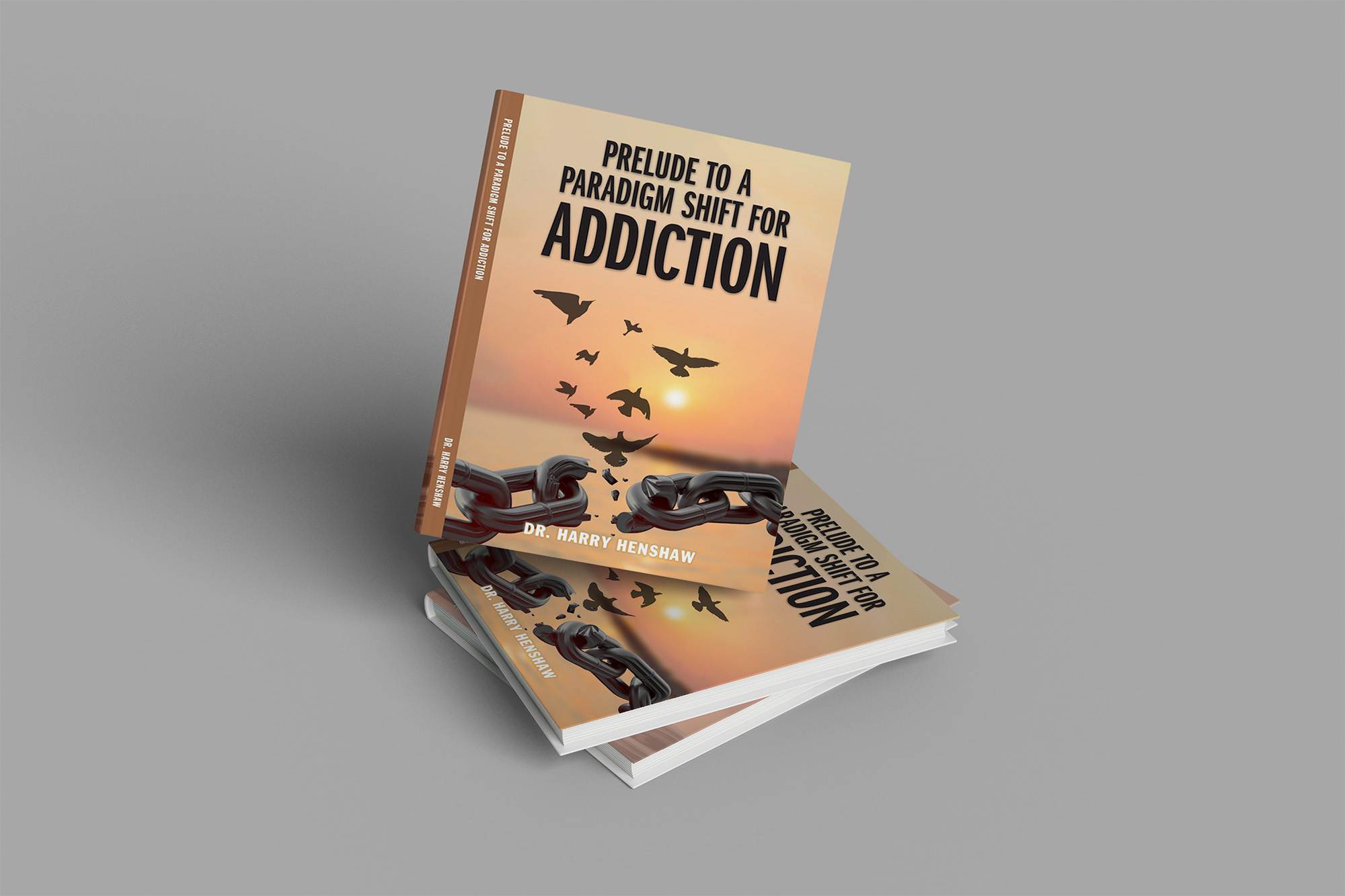
Get Free from Addiction!
Discover a groundbreaking perspective on addiction recovery. Click below to buy Prelude to a Paradigm Shift for Addiction and explore innovative solutions to transform the way we understand and treat substance use disorders.
About Enhanced Healing
Enhanced Healing Counseling specializes in addiction recovery, mental health, and self-esteem support. Offering online and in-person services, we empower individuals to transform their lives with personalized care and proven therapeutic methods.
